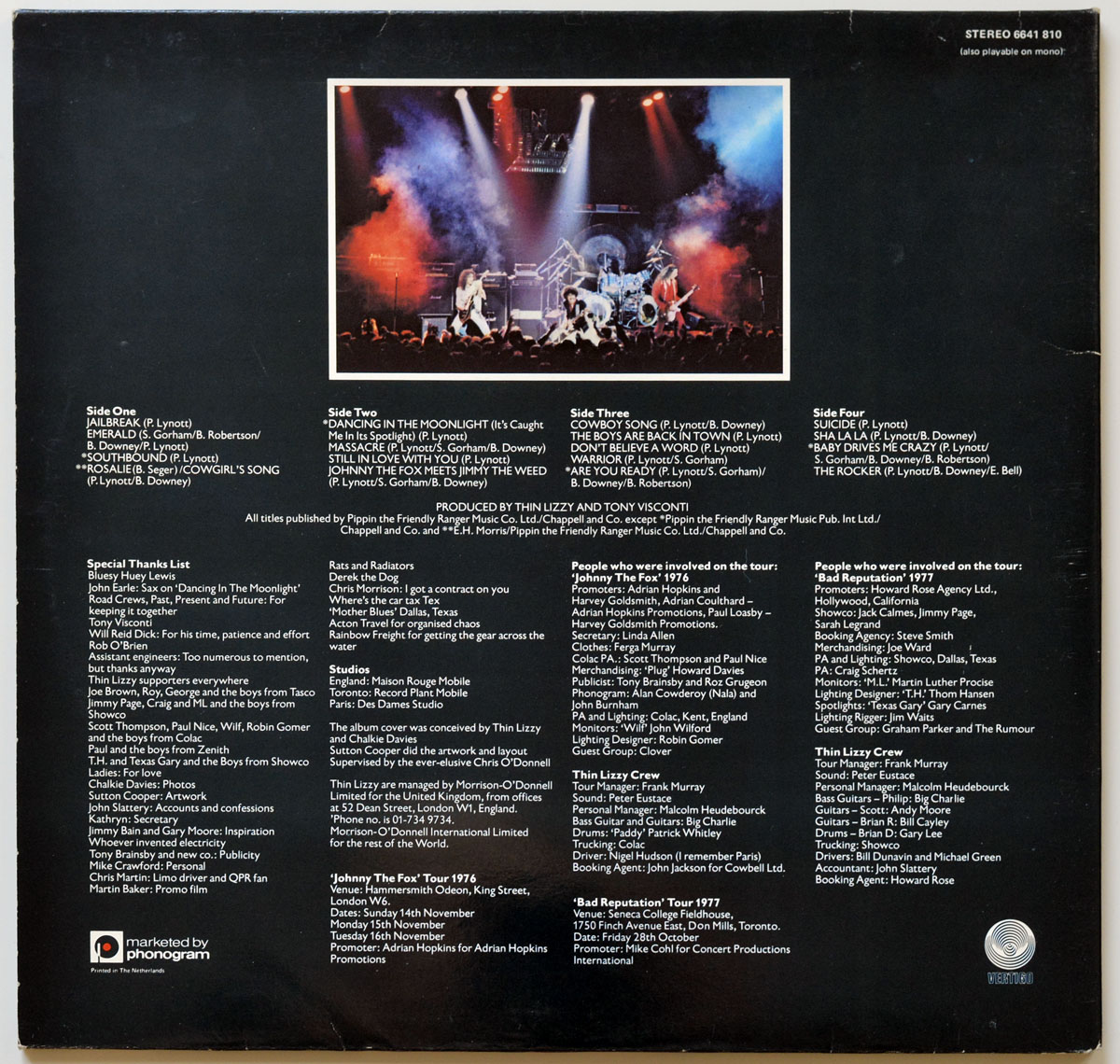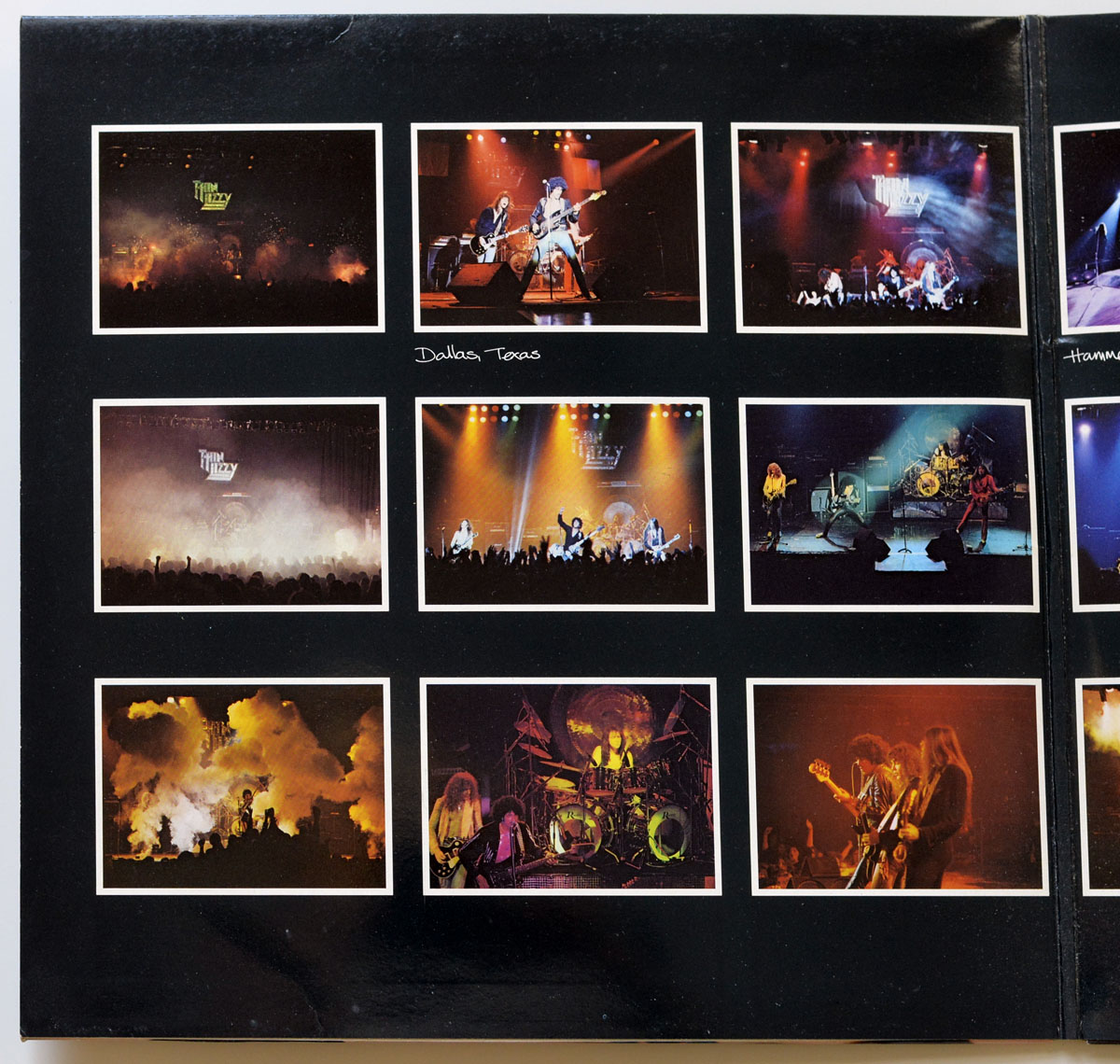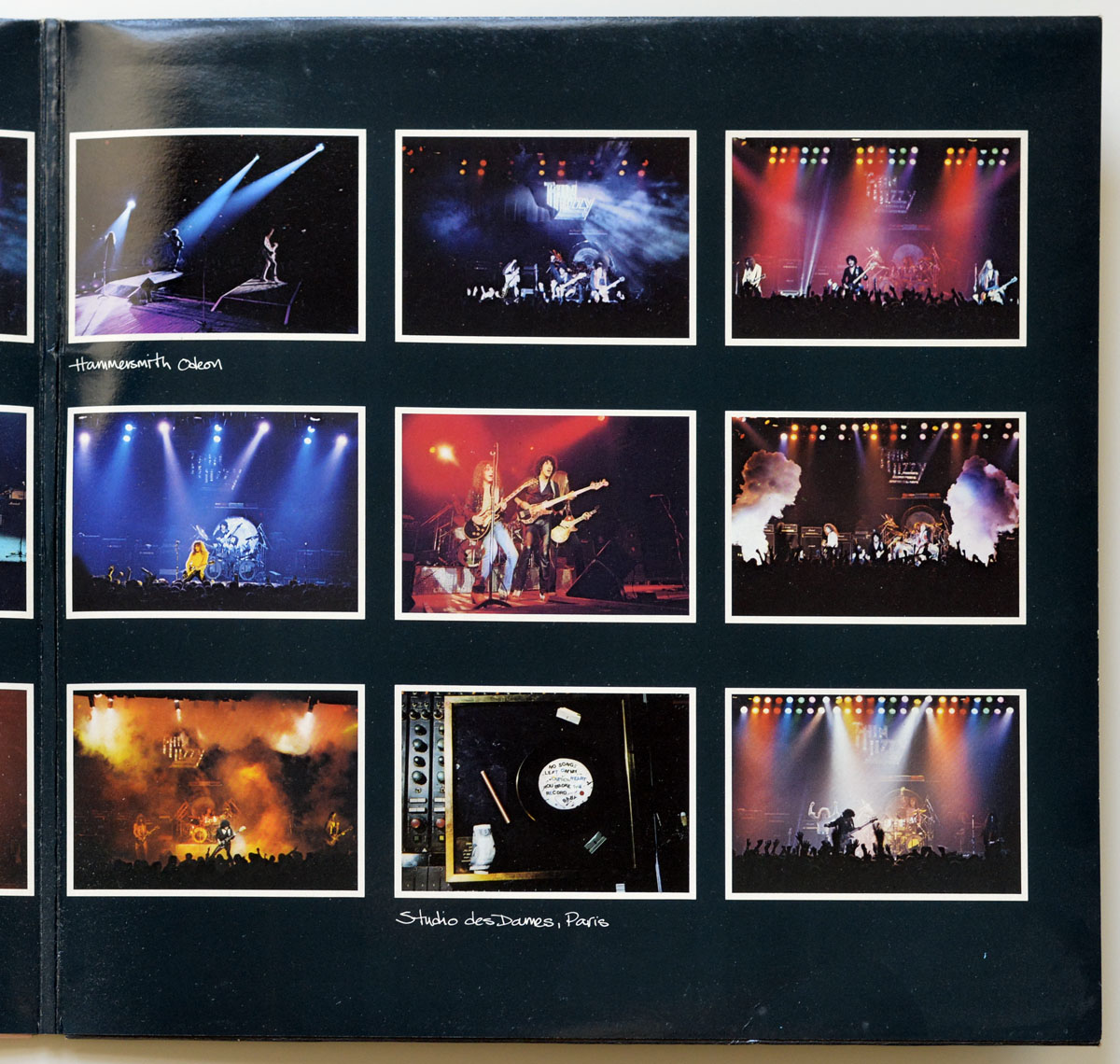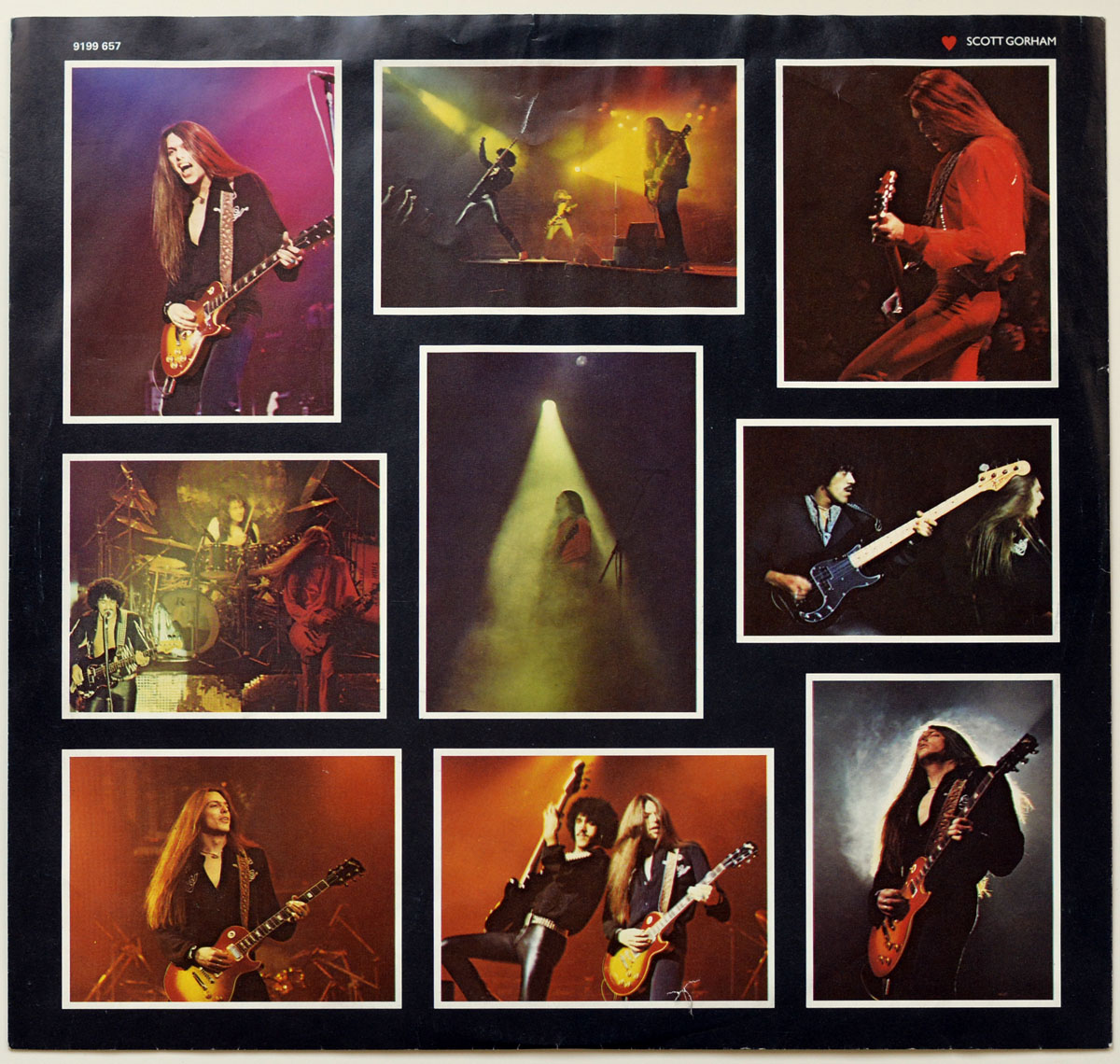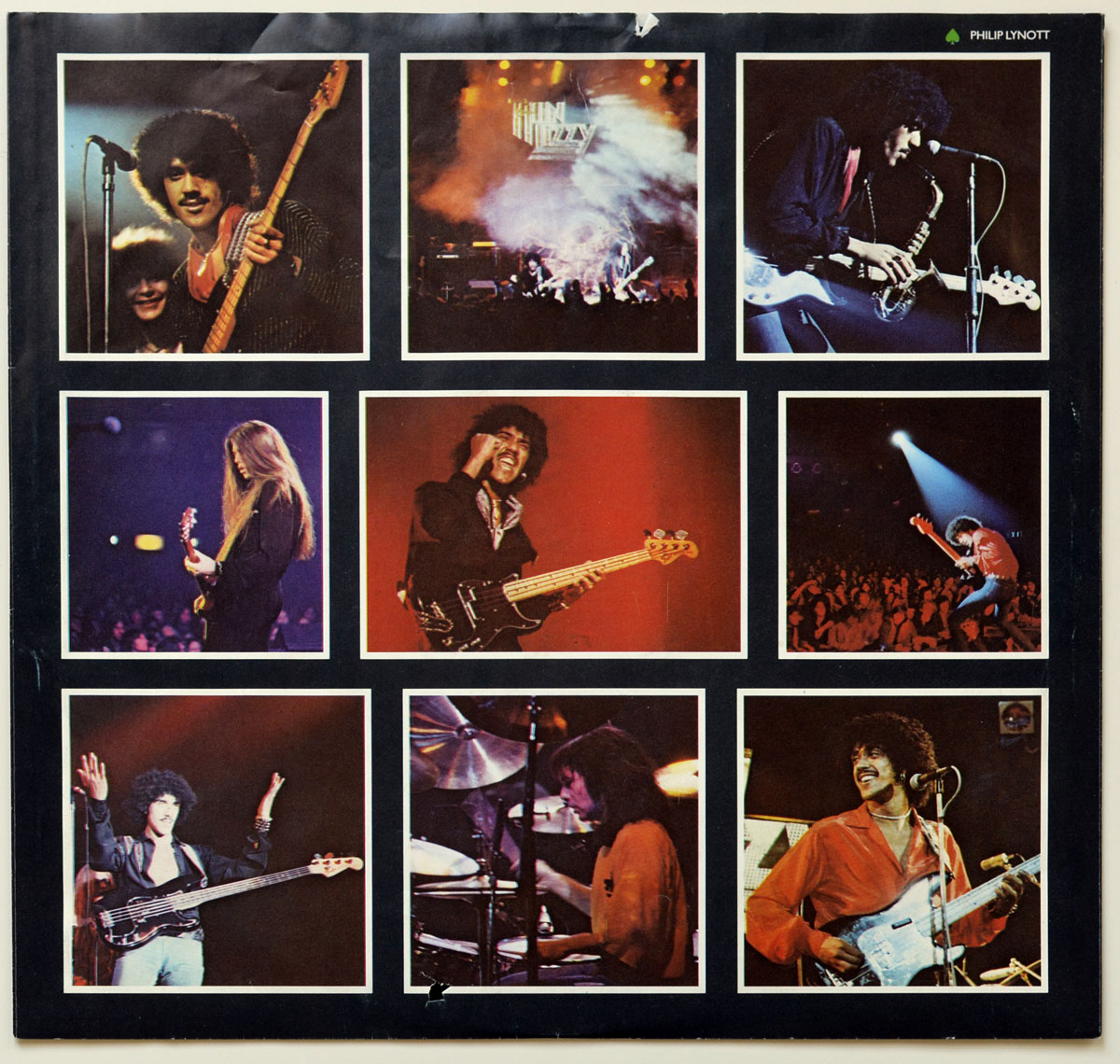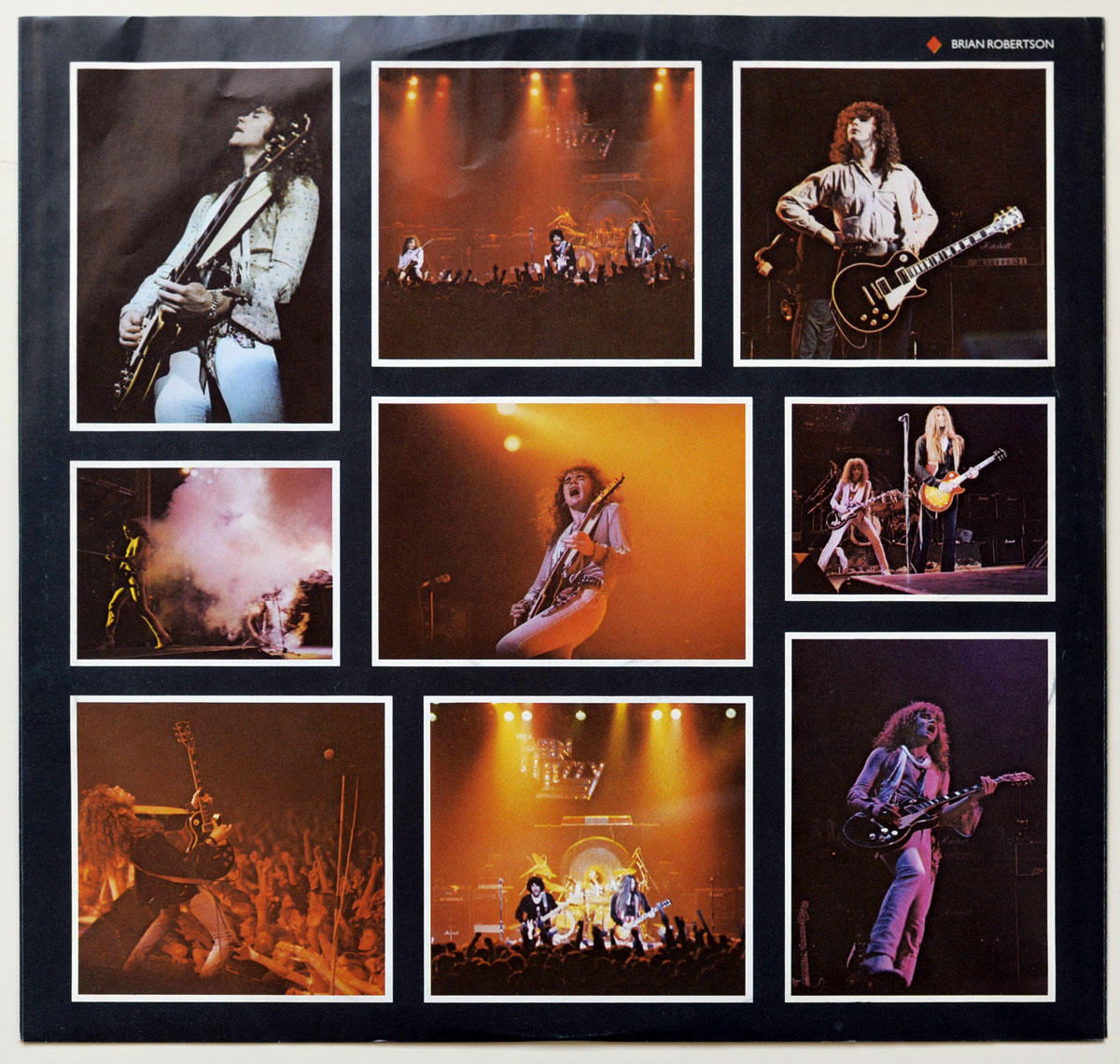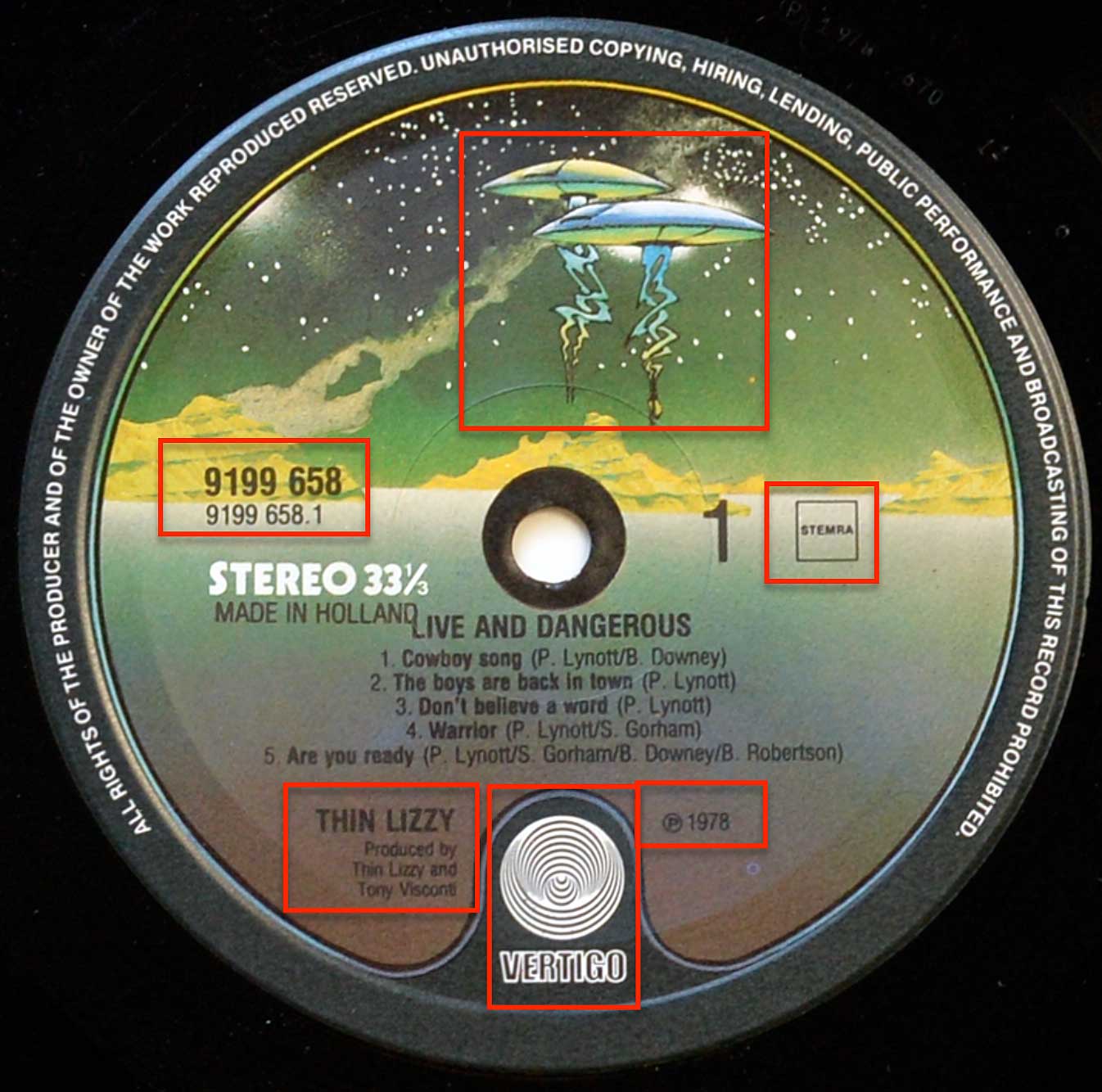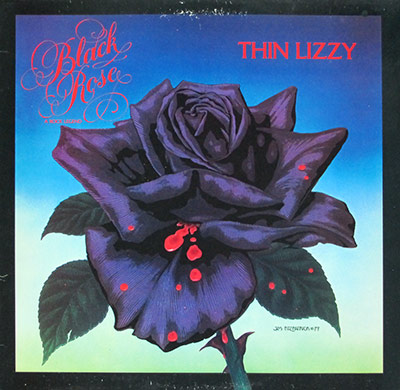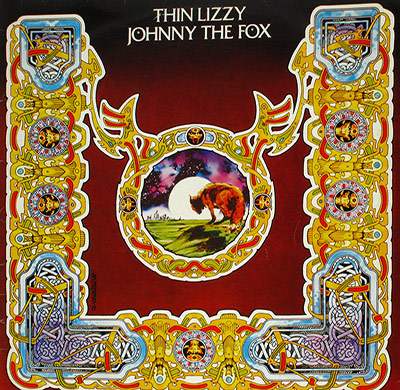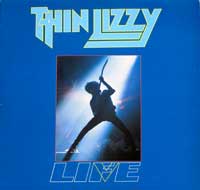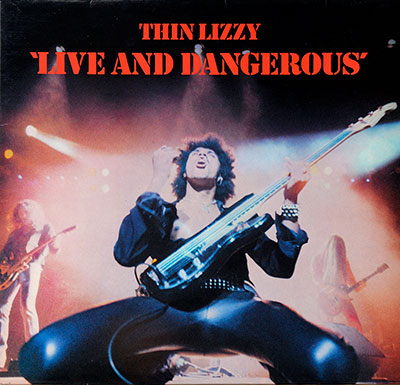THIN LIZZY – Live and Dangerous 2LP 12" Vinyl DLP Album
- The most electrifying live album of the 1970s, capturing Thin Lizzy’s raw power and stage magic.

“Live and Dangerous” by Thin Lizzy is one of rock’s most electrifying double live albums—a 1978 Vertigo release that captures the Irish band at their fiery peak. Recorded during the 1977 Bad Reputation tour and produced by Tony Visconti, it’s a masterclass in stage power and precision. Phil Lynott commands the crowd with swagger and soul, while Scott Gorham and Brian Robertson’s twin guitars slice through anthems like “Jailbreak” and “The Boys Are Back in Town.” Polished yet untamed, this 2LP set stands as a defining document of 1970s hard rock and a timeless tribute to Lynott’s magnetic genius.
